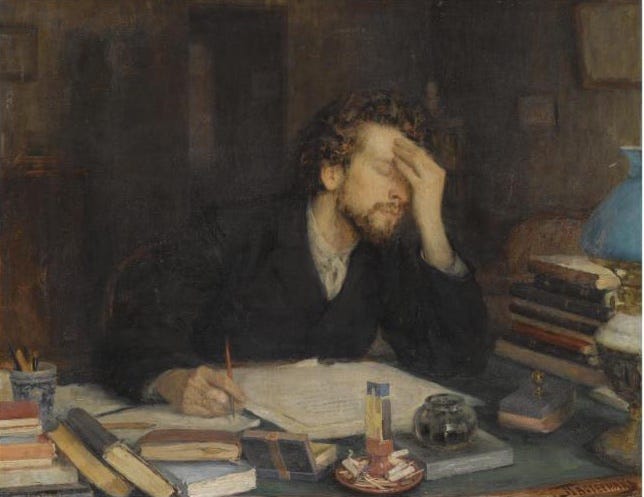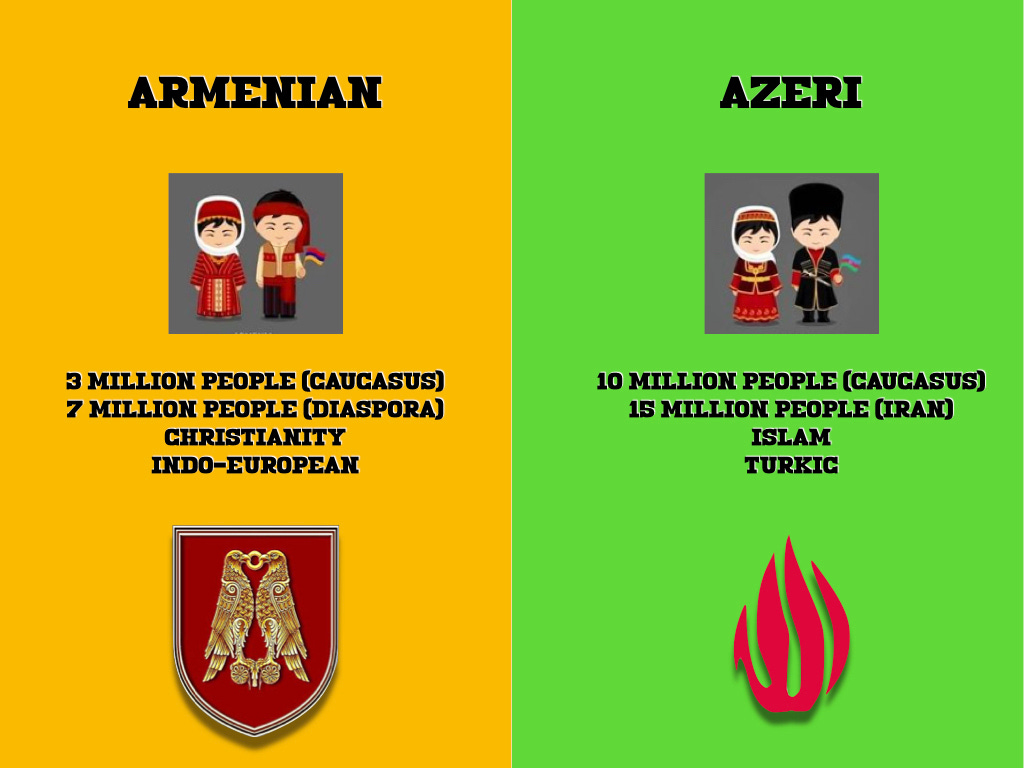I have never dug peat. Neither have I spent a day underground, loading sixteen tons of Number Nine coal. Thus, I cannot say, with any certitude, that writing is the hardest work that there is. What I can say, however, that the crafting of long series of sentences with a view to publication is the hardest work I have ever done.
Happily, there are many ways to reduce the pain of putting pen to paper. One of my favorites makes use of pictorial preparation. That is, before I attempt to express a complex thought in words, I depict the idea in the form of a map, diagram, or infographic.
In an age of presentation software and clip art, the building of such graphical paragraphs is less a matter of drawing than an exercise in gathering, selecting, and arranging pre-existing images. For example, in the course of writing an article on “information operations” (that is, propaganda) in the recent war between Armenia and Azerbaijan, I used pictures (and pieces of pictures) that I had found on the internet to create a diagram that compared the two ethnic groups involved in that conflict.
The use of pictorial preparation splits the inherently complex task of composition into two separate segments, each of which is simpler than the whole. The first of these, which corresponds to the Aristotelian concept of “dialectics,” allows the writer to lay out the logic of the idea at hand. The second, which is largely a matter of rhetoric, permits him to focus on the use of words in ways that please ears, touch hearts, and influence minds.
When done properly, pictorial preparation takes up a lot of time. At the same time playing with shapes and colors involves less in the way of toil, trouble, and tears than attempts to wrest worthwhile prose from a blank screen. As a bonus, many the maps, diagrams, and infographics used in the course of composition can serve as illustrations for the final product.





